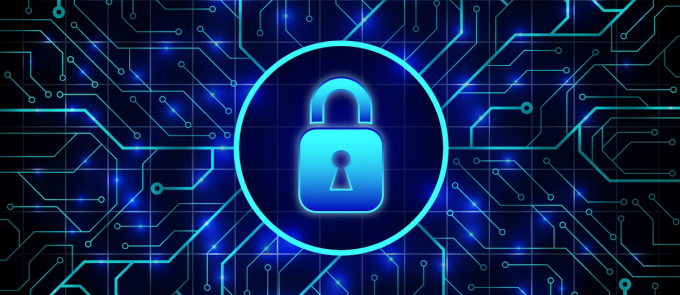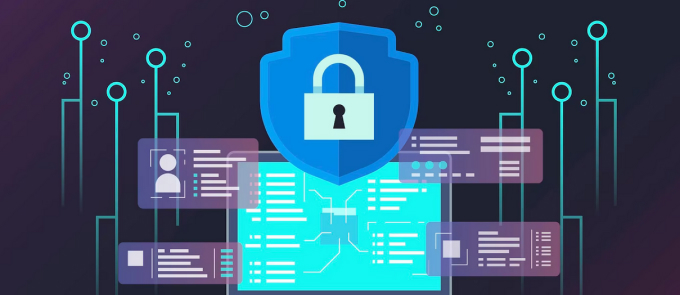
Emerging Cybersecurity Threats: Safeguarding Against the Latest Risks
In today’s rapidly evolving digital landscape, the importance of cybersecurity cannot be overstated. As technology advances, so do the tactics employed by cybercriminals seeking to exploit vulnerabilities for personal gain. In this article, we will explore some of the latest cybersecurity threats that individuals, businesses, and organizations need to be aware of, and offer guidance on how to protect against them.

Ransomware Attacks
Ransomware attacks continue to be a significant cybersecurity threat. Cybercriminals use malicious software to encrypt a victim’s data, demanding a ransom in exchange for its release. Recent trends show an increase in targeted attacks on critical infrastructure, healthcare systems, and government entities. To protect against ransomware, it is crucial to regularly back up data, implement robust security measures, and educate users about phishing emails and suspicious attachments.

Zero-Day Exploits
Zero-day exploits refer to vulnerabilities unknown to software developers, giving hackers an advantage. These exploits allow cybercriminals to gain unauthorized access to systems, networks, or applications. To mitigate this risk, organizations should ensure they have a robust patch management process in place, promptly applying updates and security patches as they become available.

Internet of Things (IoT) Vulnerabilities
The proliferation of IoT devices introduces new avenues for cyber attacks. Weak security protocols and unpatched vulnerabilities in smart devices can compromise privacy and lead to large-scale breaches. Protecting IoT infrastructure requires strong passwords, regular firmware updates, segmenting IoT devices from critical systems, and investing in network monitoring tools.

Cloud Security Breaches
As more businesses embrace cloud computing, securing cloud environments becomes paramount. Cloud security breaches can expose sensitive data, intellectual property, and customer information. Organizations must implement strong access controls, encryption measures, and monitor for suspicious activity to mitigate the risks associated with cloud-based services.

Social Engineering and Phishing
Social engineering remains a prevalent threat vector, relying on human interaction rather than technical vulnerabilities. Phishing attacks trick users into divulging sensitive information or clicking on malicious links. Cybersecurity awareness training, strong spam filters, and multi-factor authentication are essential to combat social engineering attacks.
Staying ahead of emerging cybersecurity threats is an ongoing challenge. By remaining vigilant, implementing robust security measures, and fostering a culture of cybersecurity awareness, individuals and organizations can better protect themselves against the ever-evolving tactics of cybercriminals. Remember, cybersecurity is a shared responsibility, and proactive measures are crucial to safeguarding our digital lives in an increasingly interconnected world.

Dhirendra Khandelwal
The writer is Managing Director of E Square System & Technologies Pvt Ltd. His areas of interest include AI, Cyber Security, Emerging Technology and Technology in Governance. He is an industry pioneer, with deep knowledge of all current technology, economic, social and regulatory trends of IT industry. He has an MCA degree from NIT Rourkela.

No Comments